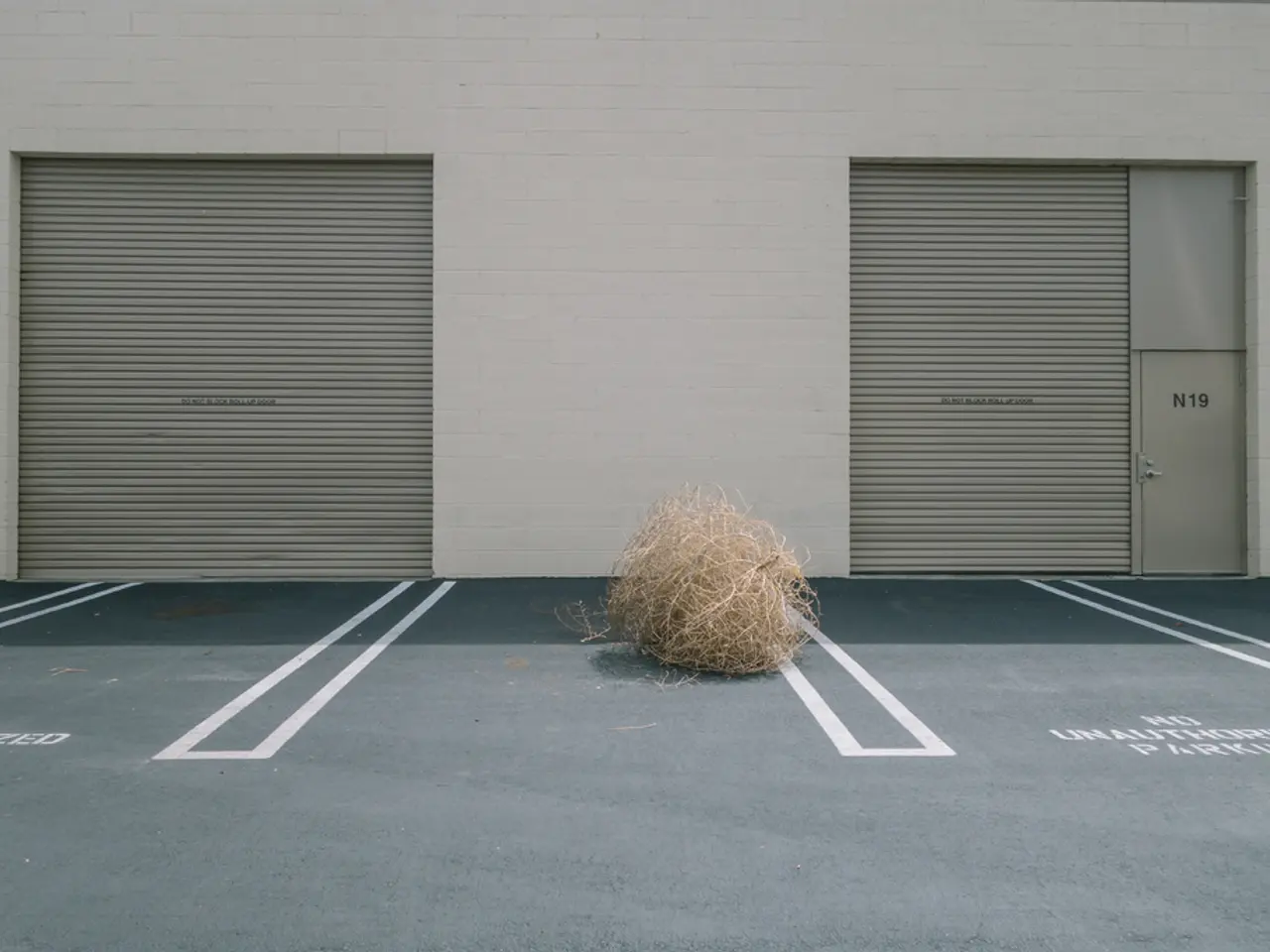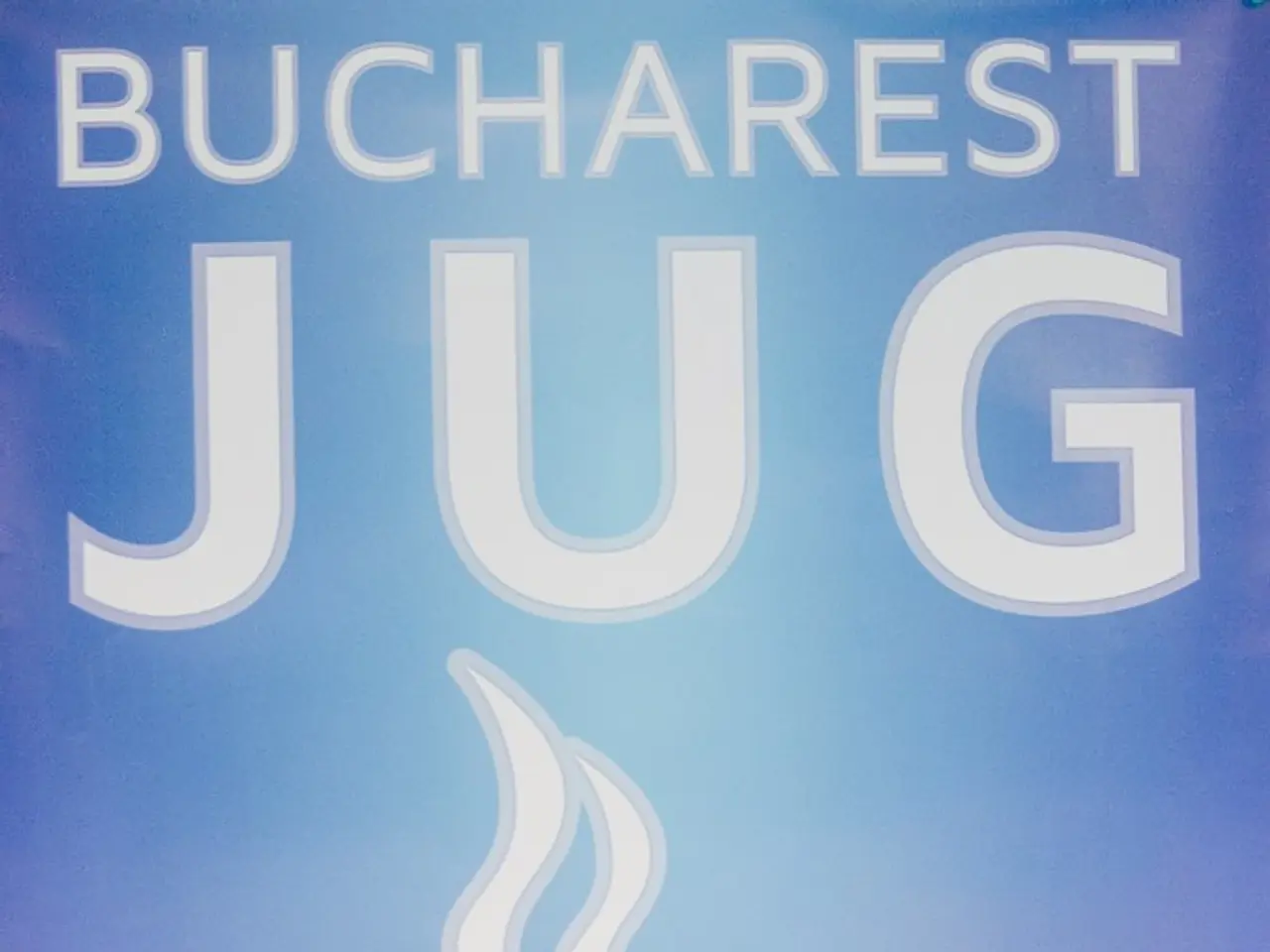Exploring the Journey of Drum & Bass: Origins, Divisions, and Transformations
In the early 1990s, a new genre was born in the UK rave scene - Drum & Bass (DnB or D&B). This genre, characterised by fast breakbeats (160-180 BPM), deep basslines, and complex rhythms, evolved from earlier electronic genres like breakbeat hardcore and reggae/dub influences.
Drum & Bass history spans important phases from its roots in early 90s jungle, through the mid-90s diversification into distinct styles, to the 2000s expansion including more technoid and experimental influences. Key pioneers of Jungle include LTJ Bukem, Goldie, and Shy FX & UK Apache, while DJs like Fabio & Grooverider became headliners as the BPM settled around 170.
As the genre evolved, it branched out into various subgenres. Jungle, the earliest form, was characterised by heavy breakbeats, reggae/dub basslines, and a raw sound, dominant in the early 90s. Techstep, emerging in the mid-90s, featured darker, more synthetic sounds with influences from techno and sci-fi themes. Liquid Funk, a smoother style combining soulful melodies, jazz, and funk elements with rolling drum patterns, was also popular during this era.
The late 90s saw the emergence of subgenres like Neurofunk, a complex, futuristic sound design with aggressive basslines, and Drumfunk, focused on intricate drum programming and breakbeat manipulation. Jump-Up, known for bouncy basslines and dancefloor-friendly rhythms, became popular in the 2000s.
Today, Drum & Bass continues to expand globally, with festivals like Let It Roll, Hospitality on the Beach, and Rampage attracting massive crowds, and new talent emerging worldwide. The genre offers a variety of subgenres to cater to various tastes, such as Liquid (soulful vibes), Neurofunk (dark tech-heavy sound), and Jump-Up (heavyweight basslines).
Key emerging talent includes Monty, Tali from New Zealand, and Reaper, Flite from North America. Labels like Ram Records, Moving Shadow, and Good Looking Records have been leading the transformation from Jungle to Drum & Bass.
Halftime DnB, with a slower BPM (80-100) but retaining the weight and bass impact of DnB, is another subgenre gaining popularity. Key artists include Ivy Lab, Shades, Sam Binga. Minimal / Deep DnB, with a sparse, hypnotic, atmospheric sound, has a focus on subtle textures and rolling basslines, with key artists including Alix Perez, dBridge, Skeptical, and Dub Phizix.
With the rise of AI-driven music production, immersive live experiences, and hybrid genres, Drum & Bass continues to evolve while staying true to its breakbeat-driven, bass-heavy roots. The genre is built around breakbeats, with the Amen Break, a six-second drum loop from The Winstons' 1969 track Amen Brother, being a famous example.
By the mid-90s, producers moved away from the reggae and dancehall elements of Jungle, refining breakbeats into a tighter, more futuristic sound, marking the shift from Jungle to Drum & Bass. Jungle, a precursor to Drum & Bass, emerged in the early 90s and fused UK rave music with breakbeats, reggae basslines, and dancehall influences.
In conclusion, Drum & Bass has come a long way since its early days in the UK rave scene. From its roots in early 90s jungle, through the mid-90s diversification into distinct styles, to the 2000s expansion including more technoid and experimental influences, the genre continues to push boundaries and attract a global audience. Whether you're a liquid head, a neurofunk enthusiast, or just getting into DnB, one thing is clear - this genre offers a variety of subgenres to cater to various tastes.
Technology plays a significant role in the evolution of sound design in Drum & Bass, with producers utilizing advanced tools to create complex rhythms, darker synthetic sounds, and intricate drum programming.
The variety of subgenres in Drum & Bass, such as Minimal/Deep DnB and Halftime DnB, show how technology and entertainment are merging to create unique musical experiences, pushing the boundaries of traditional music.




